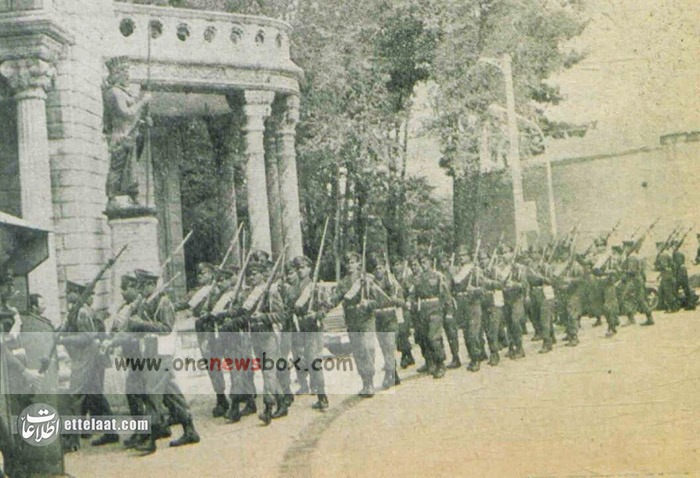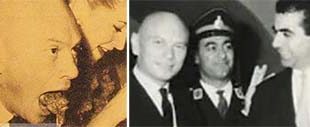Aftermath and Dissolution
Following the revolution, the Immortal Guard was formally disbanded. Many of its senior officers, including General Rahimi, were arrested and later executed by the new Islamic Revolutionary regime. Others fled the country or went into hiding.
The military structure of the Guard was repurposed by the Islamic Republic. The Imperial Guard Infantry Division was renamed the 21st Hamza Division of Azerbaijan. Many former Guard members who had not been purged were reassigned. After the outbreak of the Iran-Iraq War in 1980, this division was moved to Tabriz, where it played a key role in the defense of Iran’s northwestern borders.
The former Immortal Guard’s barracks in Lavizan—once a bastion of monarchist military pride—were turned over to the Nezaja Support Training Center, also known as Merapesh. This transformation symbolized the profound shifts in Iranian society: from a Westernized monarchy guarded by elite loyalists to an Islamic Republic built upon revolutionary zeal and grassroots mobilization.
Conclusion: Legacy of the Immortal Guard
The Pahlavi Immortal Guard remains a subject of fascination and controversy. To monarchists and admirers of the Pahlavi era, it represents the discipline, loyalty, and strength of the old order. To critics of the Shah’s regime, it was a symbol of authoritarianism, disconnected from the Iranian people and complicit in sustaining a dictatorship.
Nonetheless, as a military institution, the Guard was among the most advanced and rigorously trained in the region. Its rapid rise, meticulous selection standards, and specialized training underscore the Shah’s determination to secure his throne through force and loyalty.

